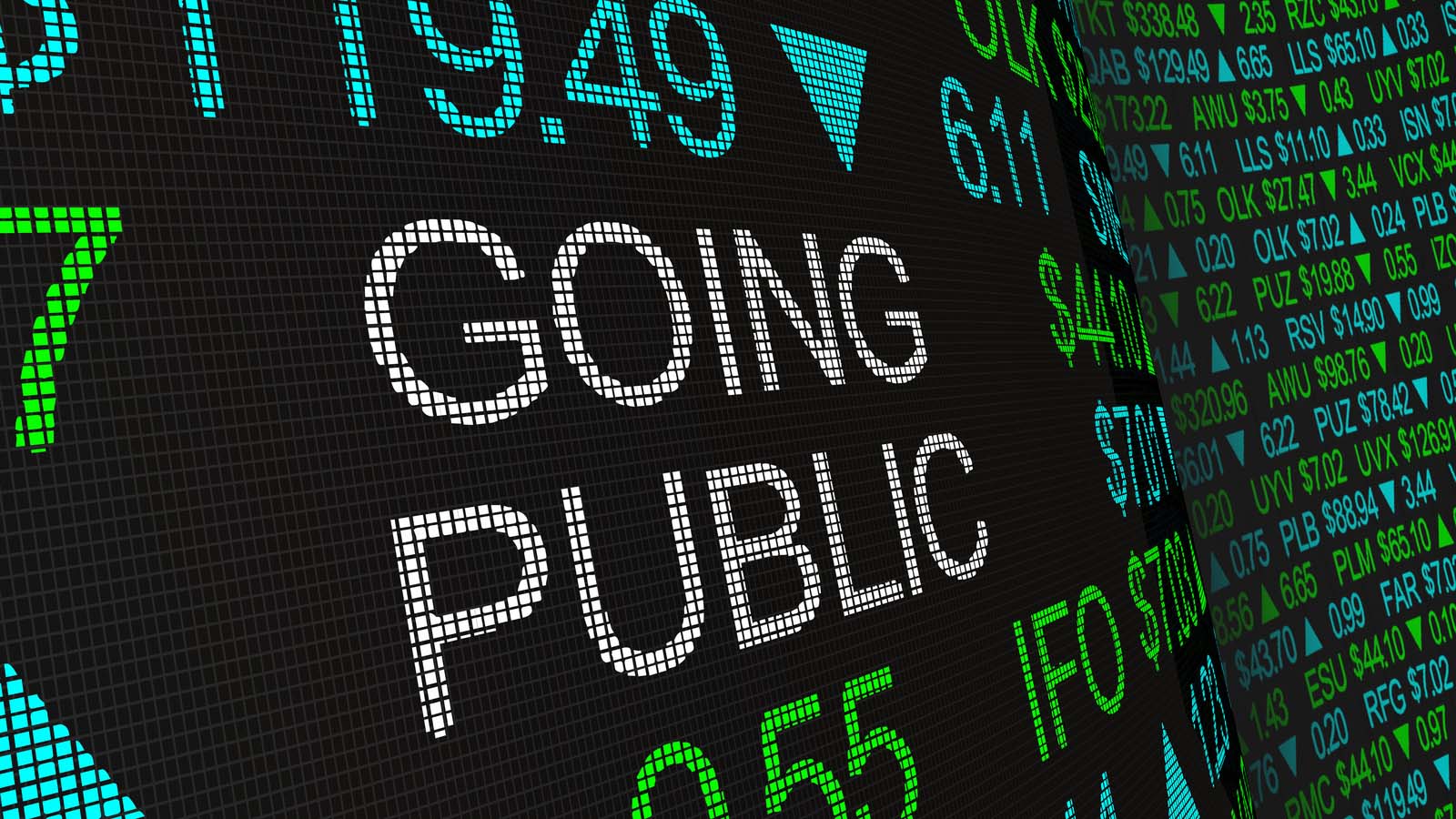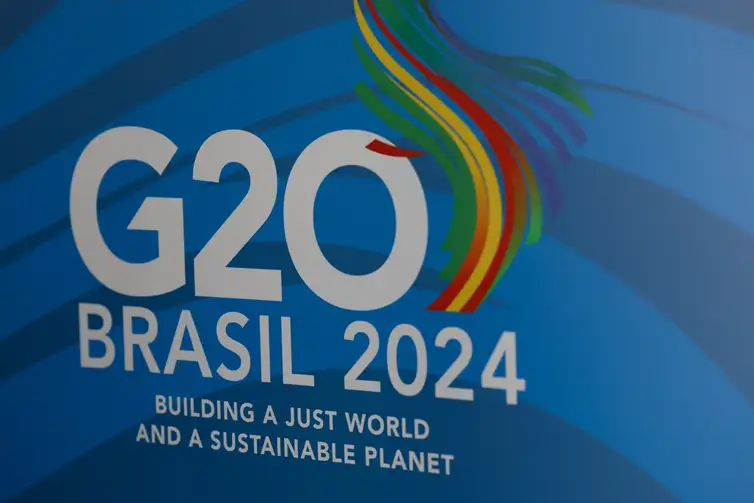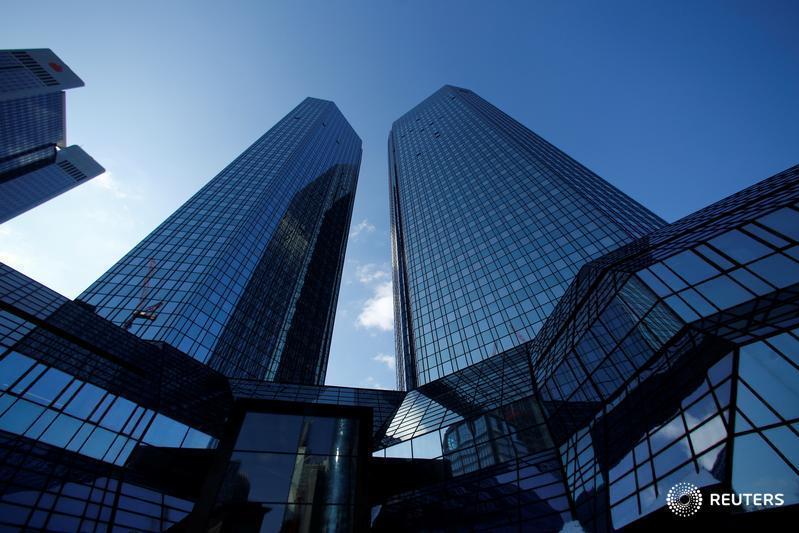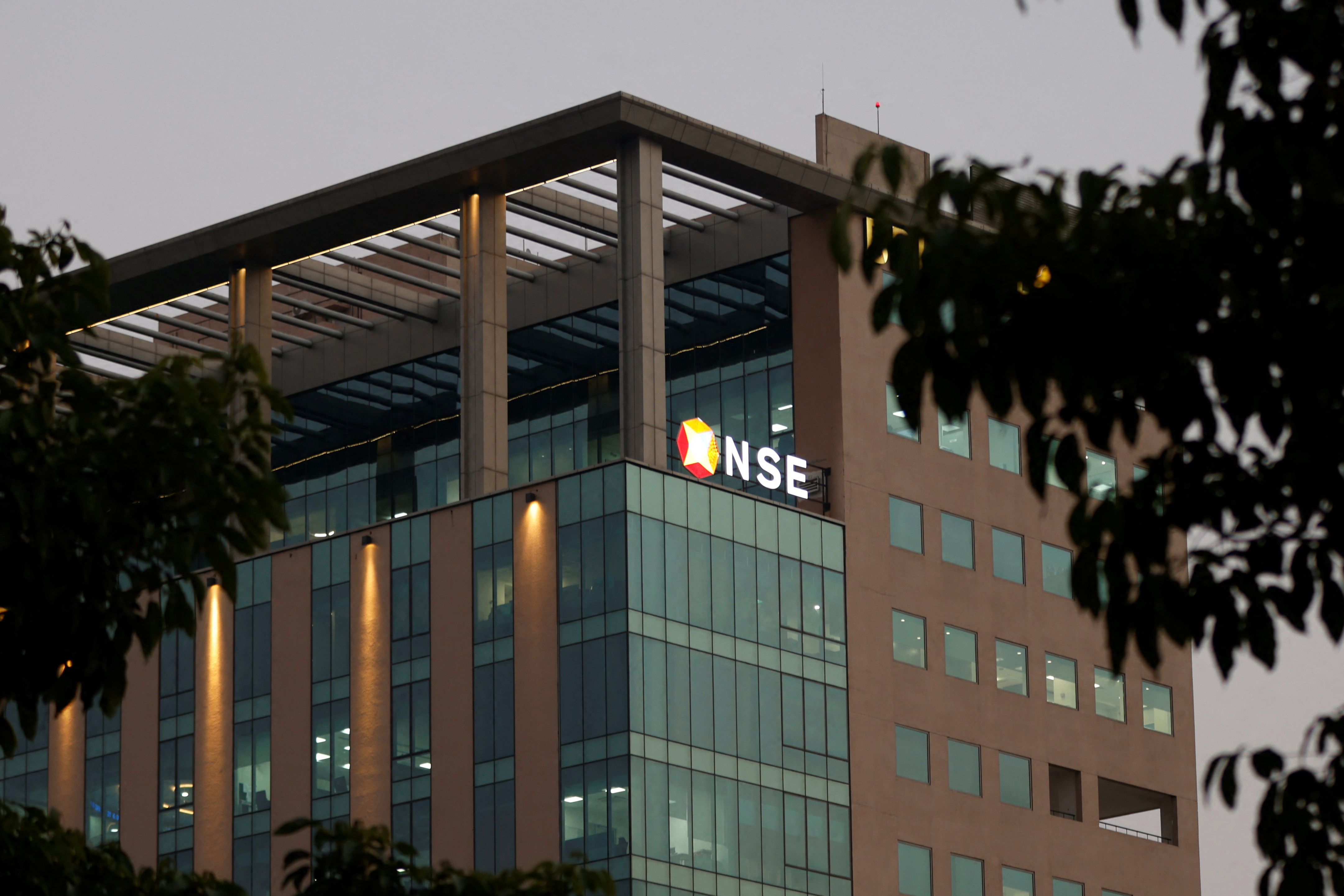Saudi Arabia's Economic Shifts: Q1 GDP Growth Amid Oil Decline
Explore how Saudi Arabia's GDP fared in the first quarter of 2024, with a focus on the notable growth in non-oil sectors amidst a reduction in oil activities.
Published June 11, 2024 - 00:06am

Image recovered from arabnews.com
In the first quarter of 2024, Saudi Arabia's real gross domestic product (GDP) increased by 1.4% compared to the previous quarter, according to data released by the General Authority for Statistics (GASTAT). This growth was driven primarily by a remarkable expansion in non-oil activities, which rose by 3.4% year-on-year.
Despite the impressive figures, the Kingdom faced a 1.7% decline in GDP in Q1 2024 compared to the same period in the previous year. This downturn in annual growth is attributed to a significant 11.2% decrease in oil activities, impacted by Saudi Arabia's strategic reduction in crude production in alignment with OPEC+ decisions.
The constructive growth in non-oil sectors underscores the Kingdom's dedication to economic diversification, a central tenet of Saudi Vision 2030. Non-oil activities not only grew by 0.9% quarter-on-quarter but now contribute 50% to the GDP at current prices. This shift aligns with Saudi Arabia's strategic movements to reduce its long-standing dependency on oil.
Government activities also reflected a positive trend, increasing by 2% year-on-year, though there was a 1.1% decline when compared to the last quarter of the previous year. These figures demonstrate the Kingdom's progress toward developing a more stable and diversified economy, with government sectors playing a significant role.
In the breakdown of contributions to GDP, crude oil and natural gas activities held the highest share at 23.4%, followed by government activities at 15.8%, and wholesale and retail trade, restaurants, and hotels at 10.4%. The total GDP in Q1 2024 was valued at SR1.01 trillion ($270 billion).
The future outlook for Saudi Arabia's economy appears optimistic, with international organizations like the International Monetary Fund and the World Bank adjusting their growth projections favorably for the coming years. The IMF predicts a growth rate of 2.6% in 2024, with the World Bank projecting a surge to 5.9% by 2025.
This growth trajectory underscores the success of Vision 2030's programs and reforms, which are geared towards fostering a more diverse and robust economy. As the Kingdom continues to implement these strategic initiatives, its non-oil sectors are set to drive further economic momentum, mitigating the impacts of fluctuating oil revenues.
Overall, Saudi Arabia's first quarter economic data paints a nuanced picture of a nation in transition, navigating the challenges of oil dependency while forging a diversified economic path underpinned by resilience and strategic growth.
In the first quarter of 2024, Saudi Arabia's real gross domestic product (GDP) increased by 1.4% compared to the previous quarter, according to data released by the General Authority for Statistics (GASTAT). This growth was driven primarily by a remarkable expansion in non-oil activities, which rose by 3.4% year-on-year.
Despite the impressive figures, the Kingdom faced a 1.7% decline in GDP in Q1 2024 compared to the same period in the previous year. This downturn in annual growth is attributed to a significant 11.2% decrease in oil activities, impacted by Saudi Arabia's strategic reduction in crude production in alignment with OPEC+ decisions.
The constructive growth in non-oil sectors underscores the Kingdom's dedication to economic diversification, a central tenet of Saudi Vision 2030. Non-oil activities not only grew by 0.9% quarter-on-quarter but now contribute 50% to the GDP at current prices. This shift aligns with Saudi Arabia's strategic movements to reduce its long-standing dependency on oil.
Government activities also reflected a positive trend, increasing by 2% year-on-year, though there was a 1.1% decline when compared to the last quarter of the previous year. These figures demonstrate the Kingdom's progress toward developing a more stable and diversified economy, with government sectors playing a significant role.
In the breakdown of contributions to GDP, crude oil and natural gas activities held the highest share at 23.4%, followed by government activities at 15.8%, and wholesale and retail trade, restaurants, and hotels at 10.4%. The total GDP in Q1 2024 was valued at SR1.01 trillion ($270 billion).
The future outlook for Saudi Arabia's economy appears optimistic, with international organizations like the International Monetary Fund and the World Bank adjusting their growth projections favorably for the coming years. The IMF predicts a growth rate of 2.6% in 2024, with the World Bank projecting a surge to 5.9% by 2025.
This growth trajectory underscores the success of Vision 2030's programs and reforms, which are geared towards fostering a more diverse and robust economy. As the Kingdom continues to implement these strategic initiatives, its non-oil sectors are set to drive further economic momentum, mitigating the impacts of fluctuating oil revenues.
Overall, Saudi Arabia's first quarter economic data paints a nuanced picture of a nation in transition, navigating the challenges of oil dependency while forging a diversified economic path underpinned by resilience and strategic growth.
In a closer examination of the non-oil sector's performance, sectors such as manufacturing, construction, and finance have shown significant promise. Manufacturing activities have grown by 4.6% year-on-year, buoyed by heavy investments in industrial projects. The construction sector followed suit, reflecting a 3.1% increase driven by the continued development of mega-projects like Neom and the Red Sea Project. The finance sector, a critical component of the Kingdom's non-oil economy, experienced a growth of 2.5%, fueled by increased banking activities and insurance services.
These developments come on the heels of Saudi Vision 2030's emphasis on modernizing infrastructure and enhancing business competitiveness. The government has actively promoted public-private partnerships (PPPs), encouraging foreign investments and facilitating smoother regulatory frameworks to attract global investors. This push is evidenced by the rising number of international firms establishing a presence within Saudi borders, further integrating the Kingdom into the global economy.
Moreover, the improvement in sectors such as tourism and entertainment cannot be overlooked. With the easing of travel restrictions post-pandemic, the tourism sector saw a 5.0% year-on-year growth. Initiatives like the Saudi Seasons and the development of cultural and historical sites have contributed to this surge, positioning Saudi Arabia as a key tourist destination. The entertainment industry has also expanded, supported by a broader range of public events, concerts, and cultural festivals, aligning with Vision 2030's goals to boost domestic tourism.
As Saudi Arabia builds on these positive trends, there are still challenges to address. The reduction in oil production, while strategically essential, continues to affect overall GDP growth. Additionally, ongoing geopolitical tensions in the region pose risks to economic stability. However, the Kingdom's steadfast commitment to diversification and reforms demonstrates a robust framework for future resilience.
The first quarter of 2024 reveals Saudi Arabia's dynamic efforts in transitioning towards a diversified economy. While navigating the complexities of reduced oil dependency, the simultaneous growth in non-oil sectors highlights the efficacy of the Kingdom's strategic initiatives. With projections indicating a stronger economic performance in the coming years, Saudi Arabia's journey under Vision 2030 continues to unfold with promising prospects.







